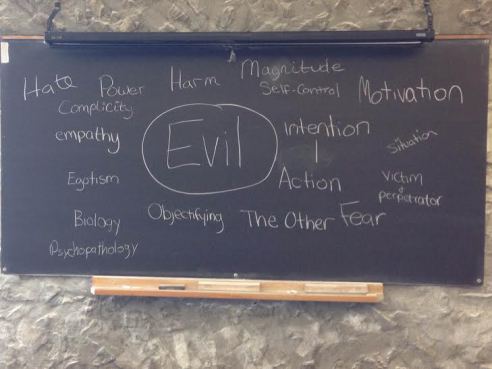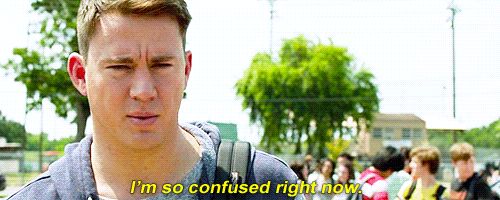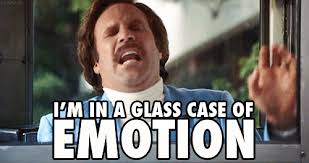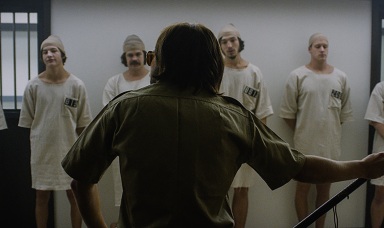What a journey this has been! I’ve been taking a look back through my notes on the readings and class discussions – we have covered so much material that is extremely thought provoking and more controversial then any other class I have taken. Looking back at the first couple weeks of class, these are the components of evil that we came up with:

So, what’s changed? In terms of the components listed here, I wouldn’t take any of them away. However, I do see them in a different light. I seem to have a lens now where, when I look at this list, I categorize them: I see some as being absolutely necessary for evil, and others that are contributing forces for evil but aren’t necessary in all situations. And some components I would group together. Since we are all “seasoned evil-thinkers” and are educated on the meanings behind all of these components, I’m going to put my focus into the changes and/ or what is relevant to this post instead of what are these components actually are. Feel free to visit my blog from Week 2 if you want a recap!
Evil Necessities
This group of components I would consider to be the “black and white” of evil. They are the factors that I would say exist within every evil act:
Victim & Perpetrator
For an evil act to occur, you need both a victim and a perpetrator. Regardless of what the act is, or who is viewing it, if someone is describing an evil act, you can guarantee that there is a victim and a perpetrator.
Intention/ Action/ Motivation
When someone commits an evil act, regardless of whether they see it as evil, they have the intention to commit the act, the motivation to do it, and the follow through of the action. Without intention, it would be an accident and without motivation or action, then the act simply wouldn’t exist.
Harm
I think that for an act to be evil, harm of some sort is involved. Without harm, we wouldn’t have victim-perpetrator scenarios. What’s not so “black and white”, however, is the degree of harm that has to occur for an act to be considered evil.
Magnitude Gap
This concept of the magnitude gap is one of the many concepts that gave me one of those “AH-HA!” moments. It just makes so much sense. There’s always a gap between what the victim is loosing and what the perpetrator is gaining. Depending on the situation, this gap would vary, but I would say that it is a constant in terms of existing in all evil acts.
Forces to Permeate the Barrier
This category I would place just about every other component of evil in. These are all components that aren’t seen across every act of evil per se, but are driving forces of evil. It seems as though when evil exists, we see some of these forces making an appearance one way or another:
Empathy erosion, Objectifying, Other-ing Power
Self-esteem/ egotism Psychopathology
Hate Self-Control
Situation
Coming into the course and initially thinking about evil, situational forces isn’t something that popped into my head. I guess you could say that I was underestimating the abilities of “situation” to influence individuals to commit evil doings. Then Zimbardo happened. Clearly the dynamics of a group can have a great effect on individuals. This is something that I struggled with throughout the course as I have mentioned in previous blogs. I would still really like to think that I wouldn’t be influenced into doing evil, regardless of the type of situational forces were at play, but according to Zimbardo, there seems to be very little hope for anyone versus the situation. That being said, I really do believe that being educated around these types of topics and being aware does give us a degree of an “innoculation” to evil as we talked about at the beginning of the course.
___________________________________________________
And that concludes my working model of Evil! As I continue through life, and reflect back to this course, I am sure that my views will change. Looking back just within the last 6 weeks, I have learned so much and feel I have a much stronger understanding on what evil is. But…maybe I’m just looking at the tail!

It’s been a great experience taking this course. I really feel that I have grown immensely throughout the past 6 weeks both educationally and personally. Thank you to all of my classmates for making the class such a comfortable environment and to Professor Navara for running such a wonderful course!
Kylie




